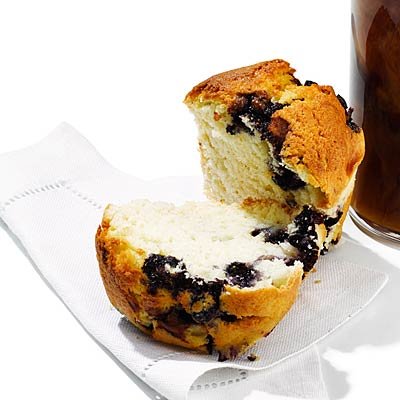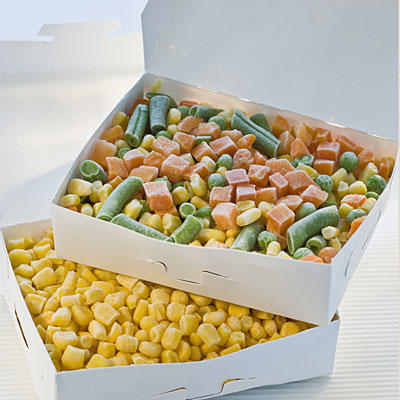Lose Weight > Weight Loss Tips > Weight Loss Articles > How to Successfully Recover from Lap Band Procedure
How to Successfully Recover from Lap Band Procedure
Doctors who carry out lap band surgeries often lay emphasis on that these surgeries are not "quick fixes". The patients do need recovery time and they do have to work hard after the surgery. The operation cannot work alone.
When the anesthesia has disappeared, the patient will sense some soreness in the abdominal area. The soreness can simply be relieved by taking painkillers. It's important that the patient get out of bed and start walking. This is done to prevent respiratory problems or blood clot formations. X-rays are normally used to check that the lap band is in the right place.
Patients usually spend less than 24 hours in the hospital. It takes most patients about a week to return to work and after a couple of weeks return to normal activities. During these weeks, it is very crucial to follow the surgery guidelines for a quick recovery. After having weight loss surgery it is important that patients modify their eating habits. This is done to allow the stomach to entirely heal in the correct position.
Often it is recommended that patients meet both a dietitian and a therapist. A dietitian can suggest eating changes that will gradually improve the weight loss. It is frequently beneficial for weight loss patients to get into contact with a therapist as losing a large amount of weight can be demanding both physically and mentally. A number of patients experience euphoric feelings at losing weight, but others may become very unhappy or are getting ambiguous feelings.
During the first fortnight after this type of weight loss surgery, it is very important to care for the stomach as much as achievable. And that is the reason that patients are only able to eat and drink only thin fluids. Only a couple of ounces of lean protein are permitted each day and only one to two servings of fresh fruits are suggested. Additionally, foods that are in most instances off limits include cakes, chips, syrups, honey, cookies, pies, and pastries. Foods that can cause blockage after operation include rice, shrimp, pasta, seeded fruits, dried fruit, peanut butter, nuts and vegetables. Foods must be chewed thoroughly and liquids should never be taken with meals.
After the lap band operation there are demanding dietary guidelines for a minimum of five weeks that must be obeyed. After this period, patients should normally expect to add foods to their diet, but there are still limitations. Most patients need to eat several very small meals and should consistently eliminate certain foods.
Working out is recommended after the lap band procedure as it can assist weight loss and help the patient to gain muscle mass. It is recommended that the patients exercise about thirty minutes each day following surgery. This does not always have to be very exhausting exercise. An ordinary form could be enough. Patients should initially begin slowly and work up to more involved forms of exercise.
The cost of lap band surgery is in the range between $ 15,000 and $30,000. But there are also alternatives for only $ 8,000. Normally this will include pre-op consultations, hospital fees, and post-operative follow up care.
Related Articles
-
Tummy Tuck Miami ?Getting Rid of Abdominal Bulges Fast is Easier Now!
For patients who are looking forward to eliminate their excessive skin
-
The Diet Solution Program: The Best Way to Lose Weight
An eBook called The Diet Solution authored by Isabel de los Rios is a
-
Real Quotes From Hydroxycut Clients
If you are interested in losing weight, reducing fat and building m
-
Top 7 Ideas To Losing Weight For Busy Lifestyles
Many people today attempt to lose weight since it’s tough to
-
Tacfit Commando Does It Work
Do you go to the gym or fitness centre frequently?If the answer is pos
-
Weight Loss in Palo Alto
Lifestyle of people have changed so much these days that some people a
- DON'T MISS
- Fact Or Fiction? The Truth About Weight Loss
- How HCG Diet Plans Can Help Your Reduce Weight Miraculously?
- Weight Loss Benefits of Massage
- Best Way to Lose Abdominal Fat in 3 Weeks - A PROVEN Effective Technique to Shrink Your Belly Fast!
- Lose Weight with The 1000 Calorie Challenge
- Finding A Weight Loss Program That Is Right For You
- Low Fat Diet Plan – The Dangers of Low Fat Diet Plan!
- Learn How to Lose Weight Using the Oprah Approved Acai Diet
- Three Easy Ways To Reduce Weight – Do Exercise, Eat Healthy And Take Supplements
- Top Secret Fat Loss Secret Dr Suzanne Gudakunst




